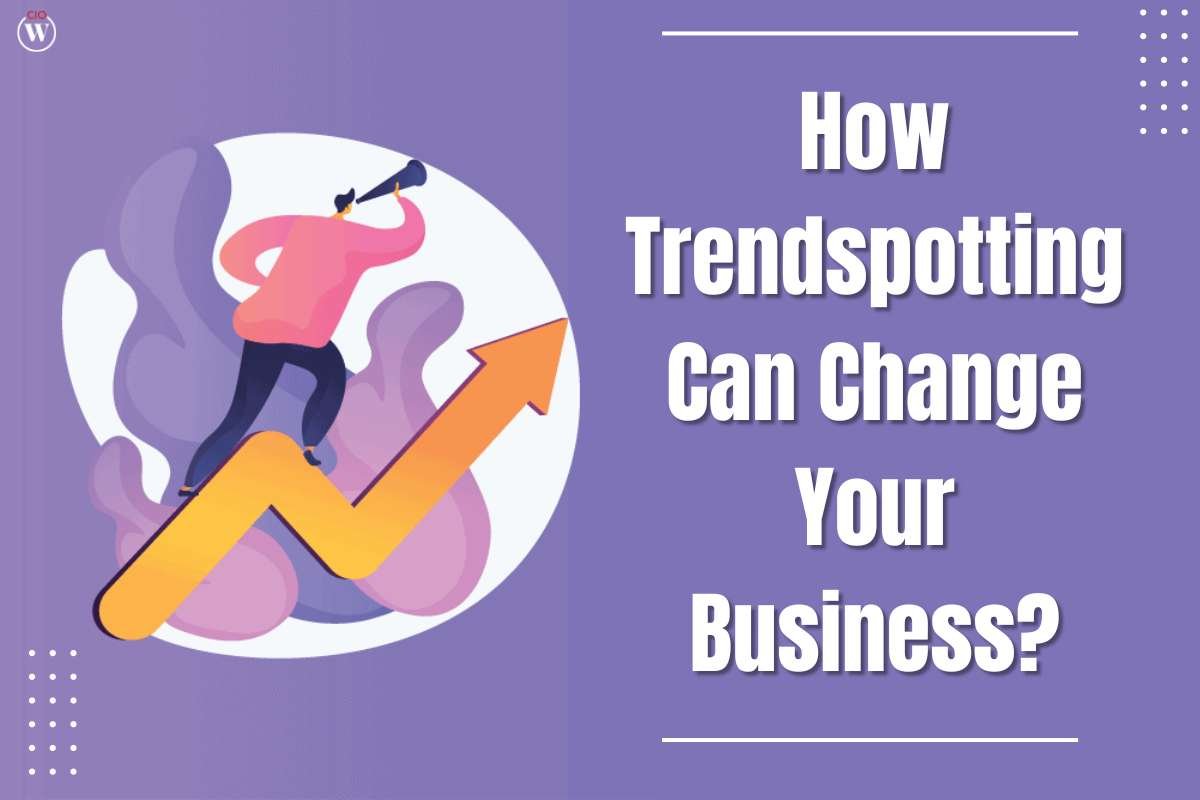Trendspotting is the process of identifying and analyzing emerging trends in a particular industry or market. It involves paying close attention to consumer behavior, social and cultural shifts, and technological advancements, among other factors. By keeping up with trends, businesses can better anticipate and respond to changes in their industry, which can give them a competitive edge and help them stay ahead of the curve. In this essay, we will explore how trendspotting can change your business, and what steps you can take to incorporate this practice into your organization.
Here are a few steps on how trendspotting can change your business;
1. Relevant in an ever-changing market
Firstly, trendspotting can change your business and stay relevant in an ever-changing market. In today’s fast-paced world, consumer preferences and behavior can shift rapidly, and businesses that fail to keep up with these changes risk becoming irrelevant. For example, the rise of e-commerce has dramatically changed the retail industry, with brick-and-mortar stores struggling to compete with online retailers. By identifying this trend early on, businesses that adapted to e-commerce were able to stay relevant and remain profitable.
Similarly, trendspotting can change your business anticipate, and respond to emerging consumer needs and preferences. For example, the increasing demand for eco-friendly products and sustainable business practices has led to the rise of the “green” economy. By recognizing this trend early on, businesses can develop and market products that align with this growing consumer demand. In this way, trendspotting can help businesses stay ahead of the curve and gain a competitive advantage.

Another benefit of trendspotting is that it can help businesses identify new opportunities for growth and expansion. By identifying emerging trends and shifts in consumer behavior, businesses can develop new products or services that meet these changing needs. For example, the growing interest in health and wellness has led to the rise of new industries such as plant-based food and fitness wearables. By identifying these trends early on, businesses can capitalize on new opportunities and expand their customer base.
Moreover, trendspotting can change your business and differentiate itself from competitors by offering innovative products or services that are in line with emerging trends. By being the first to introduce a new product or service that aligns with changing consumer preferences, businesses can stand out in a crowded market and attract new customers. For example, the rise of social media has led to the emergence of new business models such as influencer marketing, which has disrupted traditional advertising models. By being an early adopter of this trend, businesses can differentiate themselves from competitors and appeal to a new generation of consumers.
Additionally, trendspotting can help businesses stay ahead of potential threats or challenges. By monitoring emerging trends and shifts in the market, businesses can anticipate potential challenges and develop strategies to address them. For example, the increasing popularity of ride-sharing services such as Uber and Lyft has disrupted the traditional taxi industry. By recognizing this trend early on, taxi companies could have developed their own ride-sharing platforms or adapted their business model to compete with these new competitors.
To incorporate trendspotting into your business, there are several steps you can take. The first step is to stay informed and up-to-date on trends and shifts in your industry. This can be done through market research, attending industry conferences and events, and following relevant publications and thought leaders on social media. By staying informed, you can identify emerging trends and assess their potential impact on your business.
2. Analyze and interpret

The second step is to analyze and interpret the data you collect. This involves not only identifying emerging trends but also understanding why they are occurring and how they may impact your business. For example, if you notice a trend towards plant-based diets, you need to understand the underlying reasons for this trend, such as health and environmental concerns, and how it may impact your business, such as the need to offer more plant-based options on your menu.
3. Develop strategies
The third step in trendspotting can change your business is to develop strategies to capitalize on emerging trends and mitigate potential threats. This may involve developing new products or services that align with changing consumer preferences or adapting your business model to better compete with new competitors. For example, if you are a taxi company and you recognize the trend toward ride-sharing services, you may develop your own ride-sharing platform or partner with an existing platform to offer your customers more options.
4. Implement and monitor
The fourth step in trendspotting can change your business is to implement these strategies and monitor their effectiveness. It is important to track the impact of your actions and adjust your approach as necessary. For example, if you develop a new product that aligns with an emerging trend but it is not resonating with your customers, you may need to make adjustments or pivot your strategy altogether.
In addition to these steps of trendspotting can change your business, it is also important to foster a culture of innovation and experimentation within your organization. This means encouraging your employees to be creative and open-minded and to explore new ideas and approaches. By creating a culture that values innovation, you can encourage your team to think outside the box and identify new opportunities for growth and expansion.
5. Data analytics
Another key element of trendspotting is the use of data and analytics. In today’s digital age, businesses have access to vast amounts of data that can be used to identify emerging trends and assess their potential impact. By leveraging data analytics tools and techniques, businesses can gain deeper insights into consumer behavior, market trends, and emerging technologies, among other factors.
For example, social media listening tools can be used to monitor online conversations and identify emerging trends and consumer preferences. By analyzing social media data, businesses can identify popular hashtags, trending topics, and other indicators of shifting consumer behavior. This information can then be used to develop new products or services that align with these trends or to adjust existing offerings to better meet the needs of customers.

Similarly, data analytics can be used to identify patterns and trends in sales data, website traffic, and other metrics. By analyzing this data, businesses can identify which products or services are most popular, which channels are driving the most traffic, and other insights that can inform their strategy. This information can then be used to optimize marketing campaigns, improve customer experiences, and drive revenue growth.
In addition to data analytics, businesses can also use predictive modeling to forecast future trends and potential threats. Predictive modeling involves using statistical algorithms and machine learning techniques to analyze historical data and make predictions about future outcomes. By using predictive modeling, businesses can identify emerging trends and anticipate potential challenges before they occur. This information can then be used to develop proactive strategies to mitigate these risks and capitalize on emerging opportunities.
BOTTOM LINE
To summarize, trendspotting can change your business can have a significant impact on your business by helping you stay relevant in a rapidly changing market, anticipate and respond to emerging consumer needs, identify new opportunities for growth and expansion, differentiate yourself from competitors, and stay ahead of potential threats or challenges. By incorporating trendspotting into your business strategy, you can develop a deeper understanding of your market, gain a competitive edge, and drive long-term success.
To successfully incorporate trendspotting can change your business, it is important to stay informed and up-to-date on trends and shifts in your industry, analyze and interpret the data you collect, develop strategies to capitalize on emerging trends and mitigate potential threats, foster a culture of innovation and experimentation, and leverage data and analytics tools to gain deeper insights into consumer behavior and market trends. By following these steps and embracing the practice of trendspotting, you can position your business for long-term success and growth in an ever-changing market.
Also read: 8 Ways to extract value from customer data?









